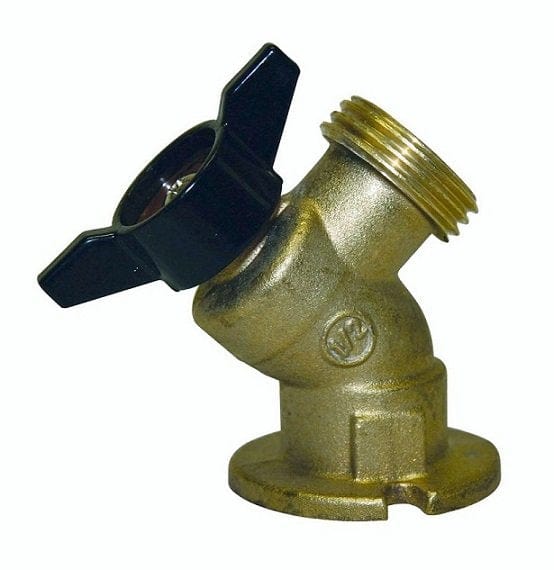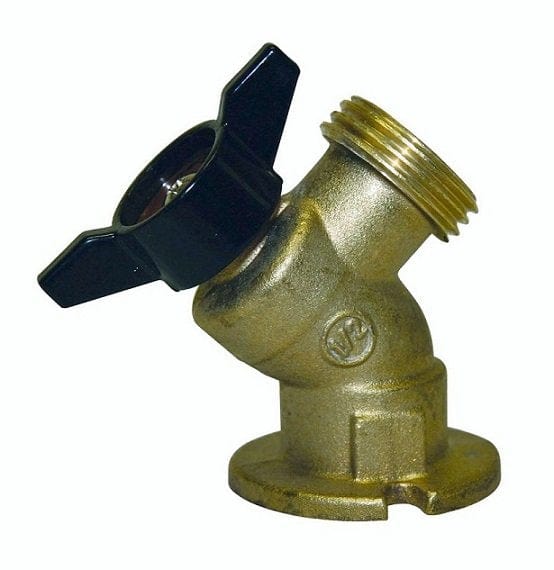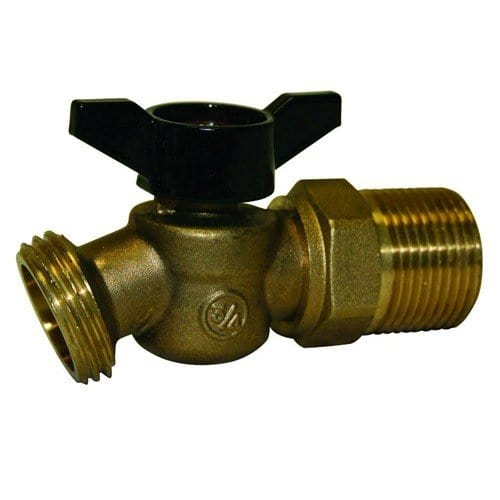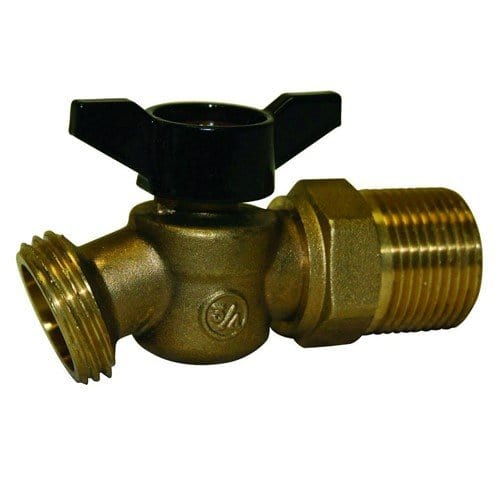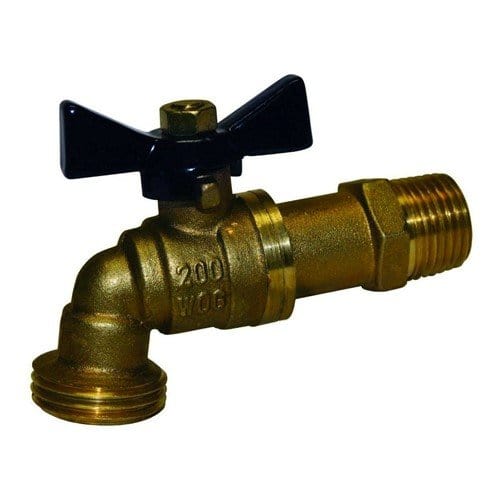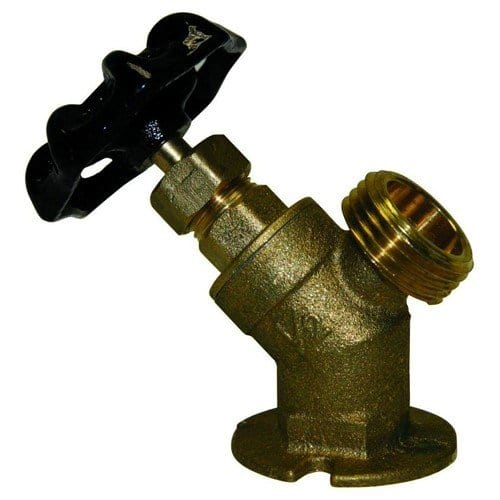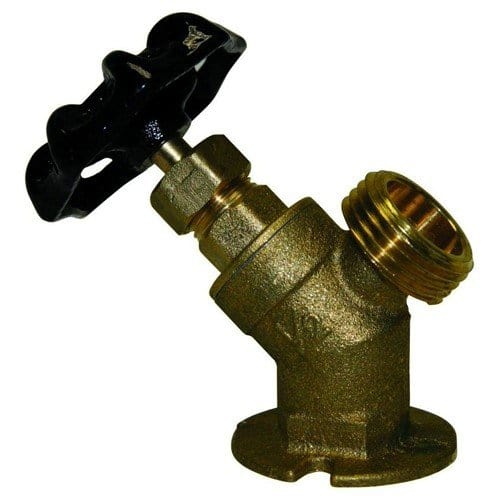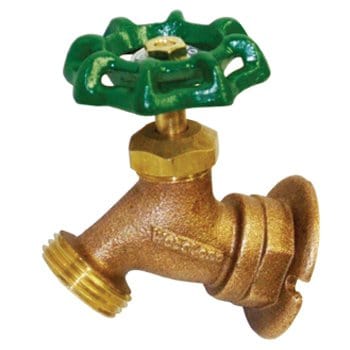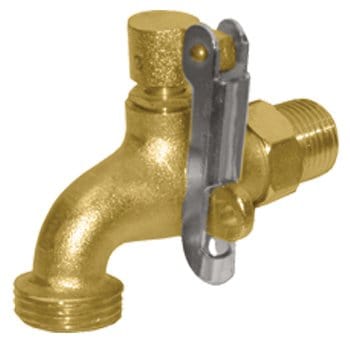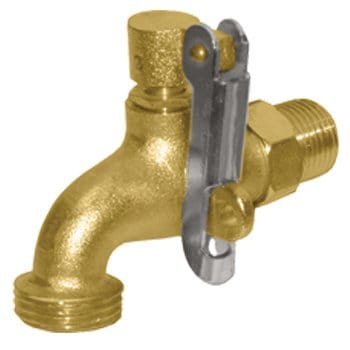About Hose Bibbs
Hose bibbs, also known as outdoor faucets or spigots, are fixtures typically found on the exterior of a building. They provide a convenient water supply for outdoor use, such as watering plants, washing cars, or filling buckets.
Here are some key features and information about hose bibbs:
-
Location: Hose bibbs are usually located on the exterior walls of buildings, often near the ground level. They may be found on the front, back, or sides of the structure, typically close to areas where outdoor water usage is common.
-
Design: Hose bibbs typically consist of a valve handle or lever, a spout or nozzle for attaching a hose, and a connection point for a water supply line. The spout or nozzle may be threaded to accommodate various hose sizes or may have a universal connection mechanism like a quick-connect fitting.
-
Types: There are different types of hose bibbs available, including standard hose bibbs, frost-free or freeze-proof hose bibbs, and specialty hose bibbs with specific features. Frost-free hose bibbs are designed to prevent freezing and bursting in colder climates by placing the valve mechanism inside the building where it can be protected from freezing temperatures.
-
Operation: To use a hose bibb, simply turn the valve handle or lever in the open position. This allows water to flow through the spout, enabling you to connect a garden hose or other watering device. When you're finished using the hose bibb, turn the valve handle or lever to the closed position to shut off the water flow.
-
Maintenance: It's important to properly maintain hose bibbs to ensure their longevity and prevent leaks. This includes checking for leaks, repairing or replacing damaged washers or O-rings, and protecting frost-free hose bibbs during the winter by disconnecting hoses and properly draining the line to prevent freezing.
-
Backflow Prevention: To prevent the possibility of contaminated water flowing back into the main water supply, hose bibbs should be equipped with a backflow prevention device. This device prevents the backflow of water, safeguarding the potable water supply from potential contaminants.

